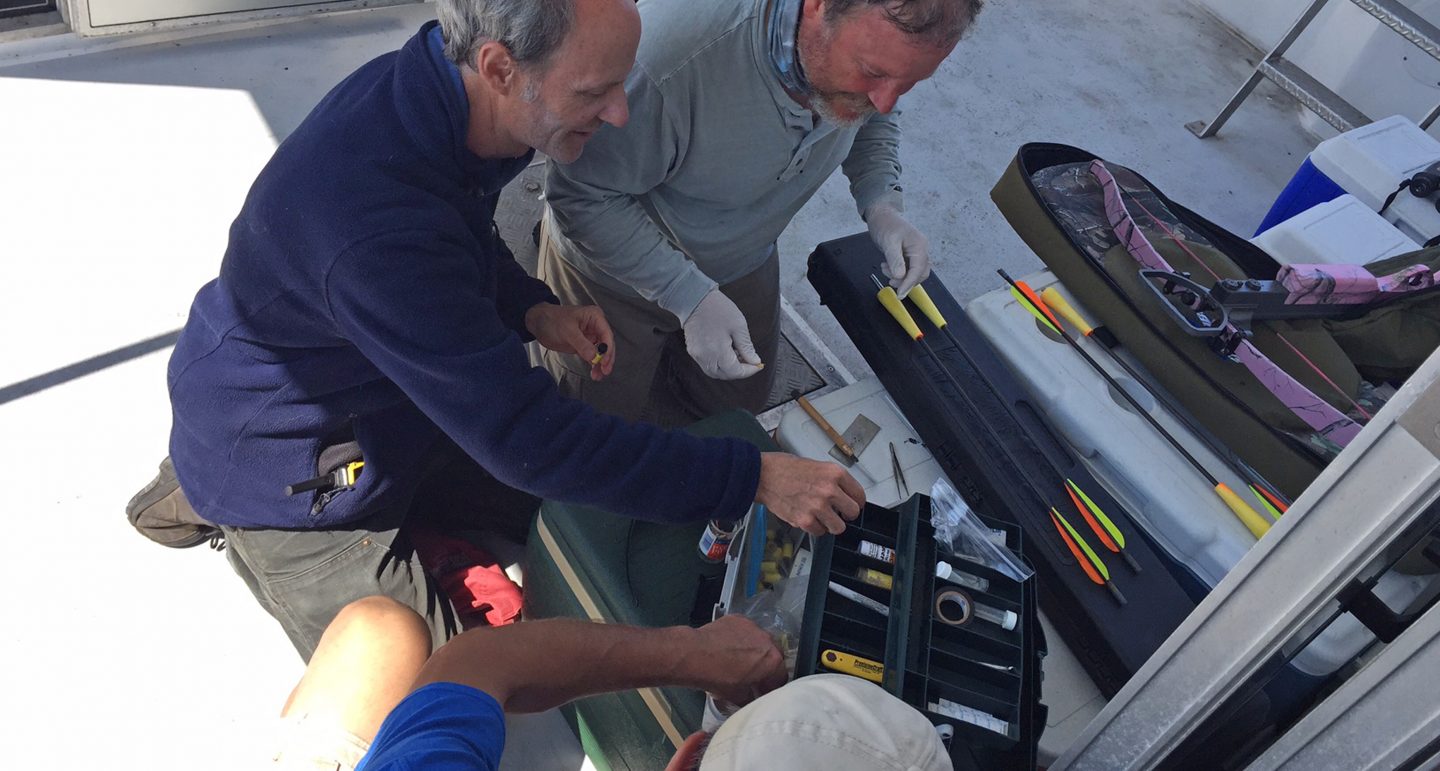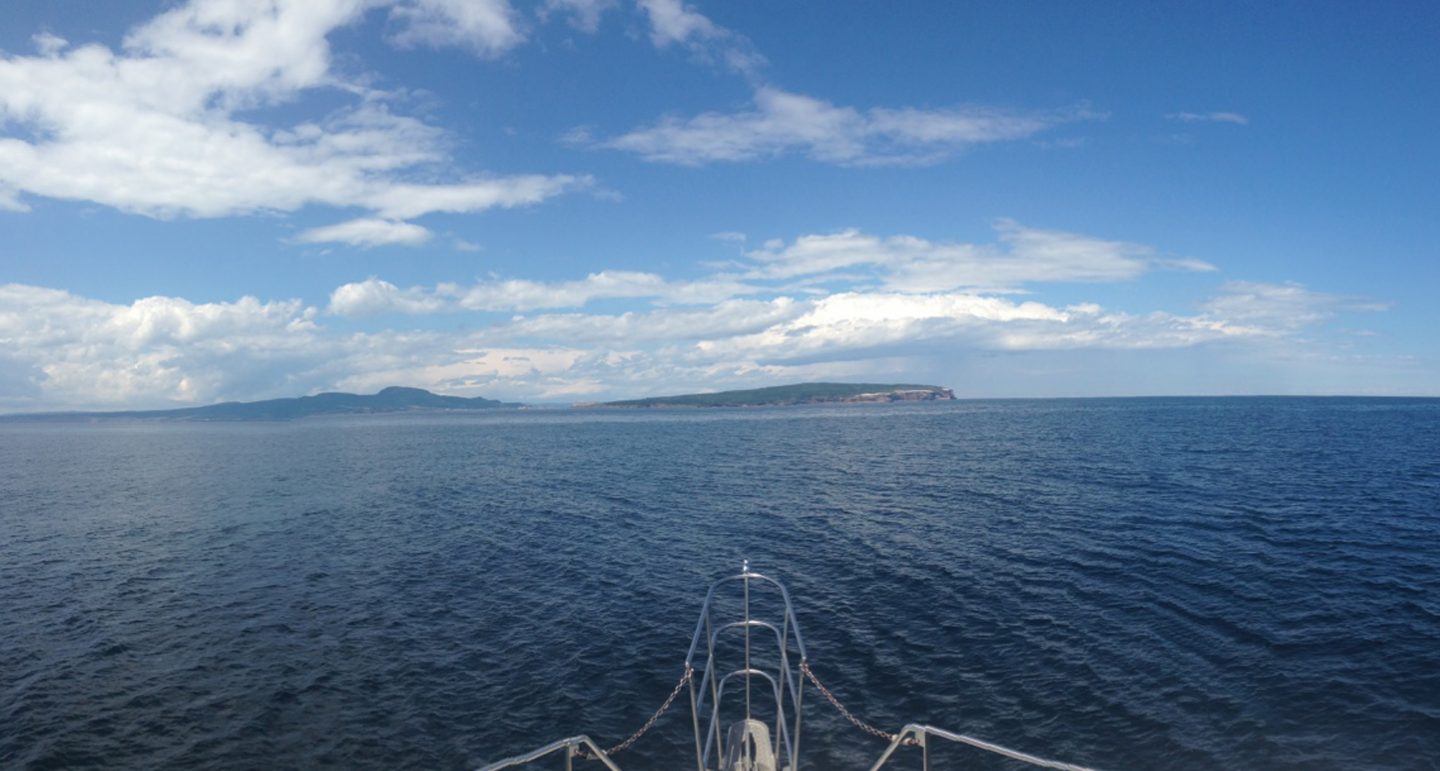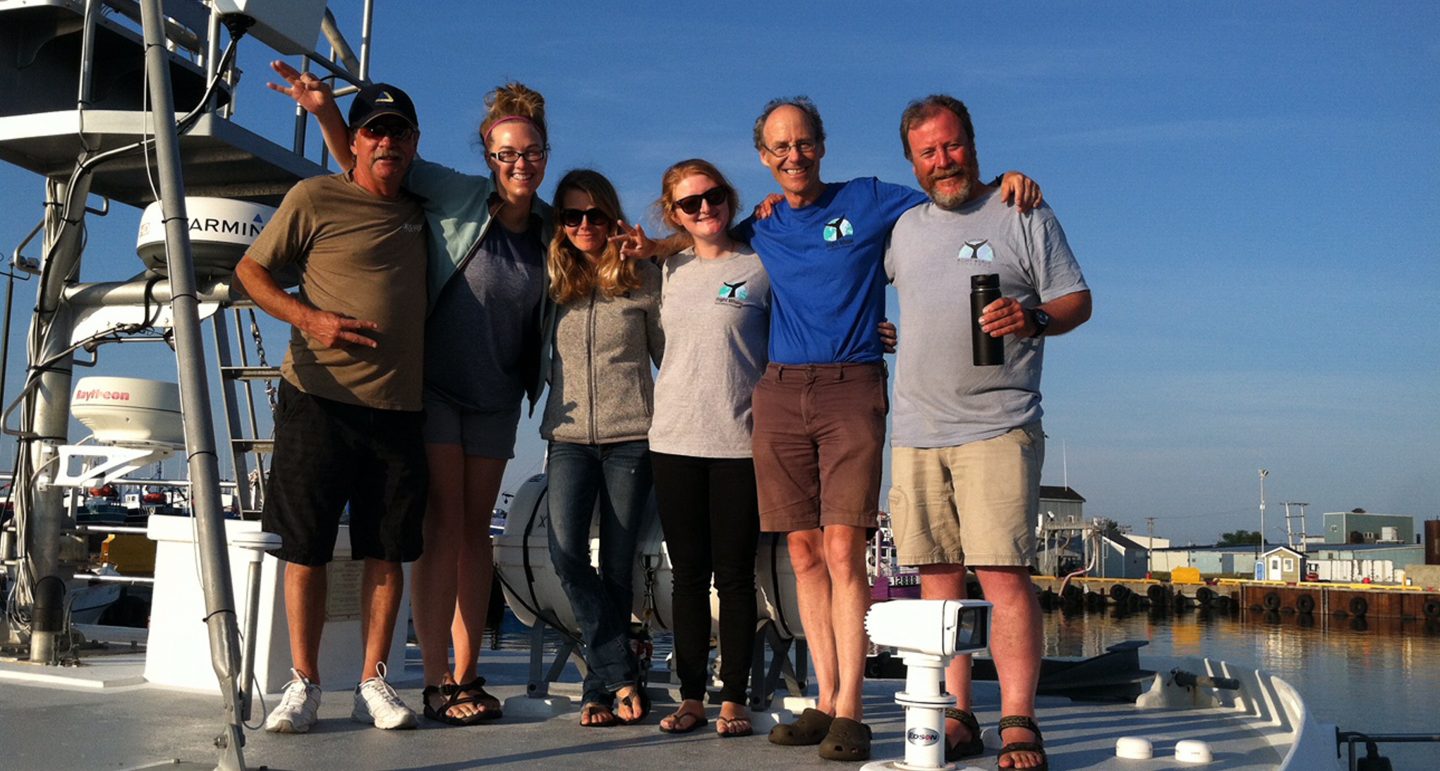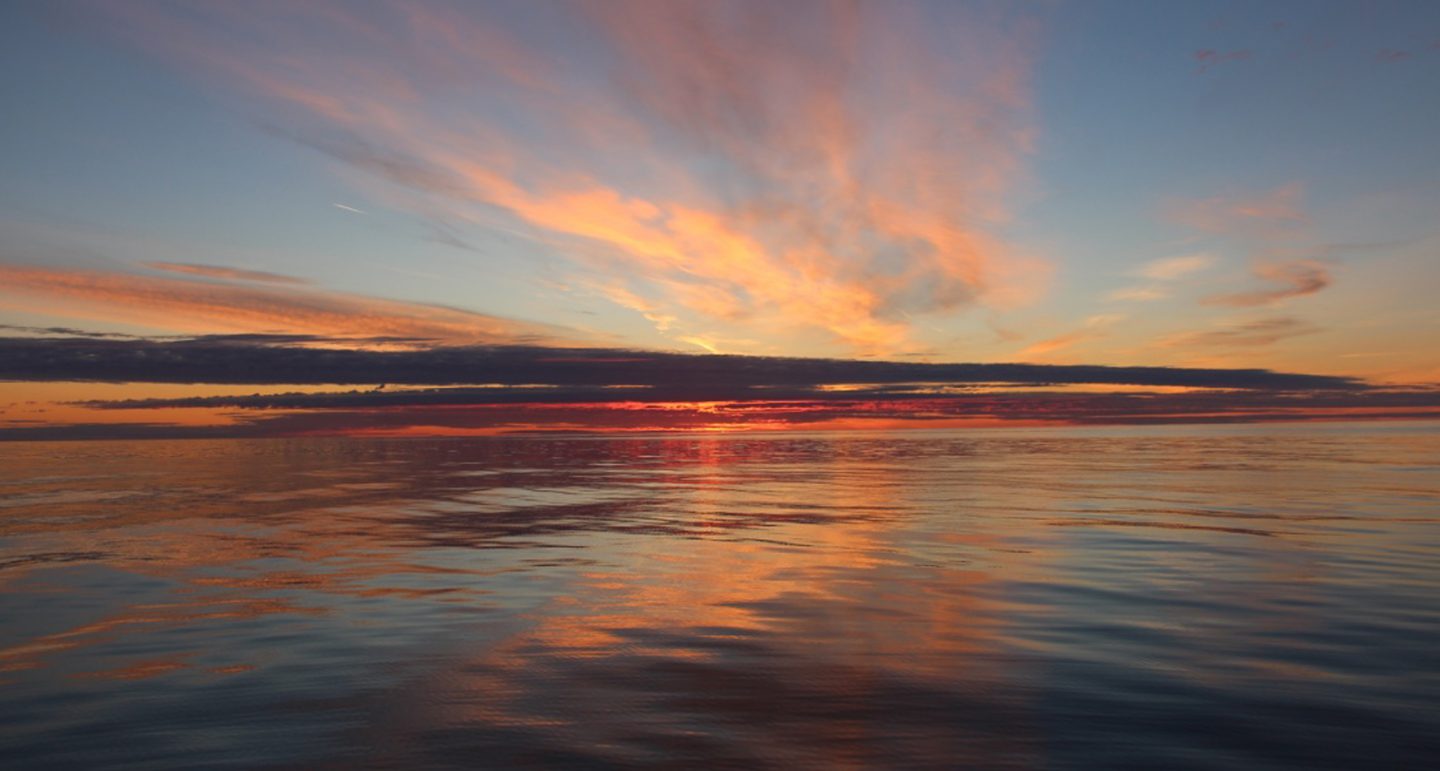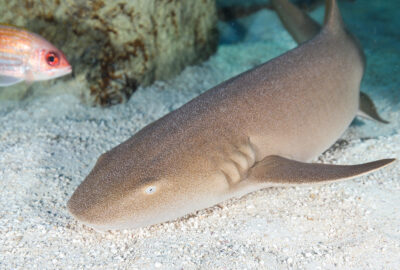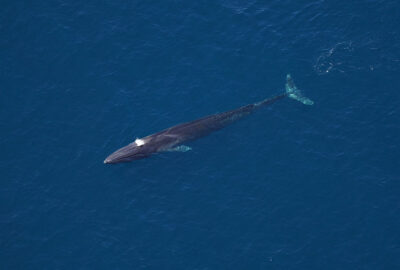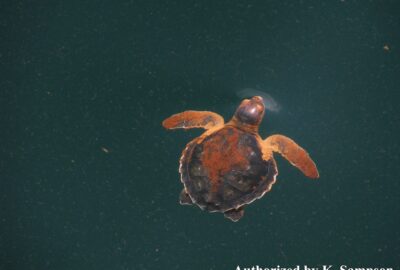To Boldly Go Where No Offshore Trip Has Gone Before
The Shelagh crew embarked on a three-week exploratory survey, the first large scale effort by the New England Aquarium in the Gulf of St. Lawrence, starting from Campobello Island, New Brunswick and ending in Shippegan, New Brunswick.
By Kelsey Howe on Friday, August 26, 2016

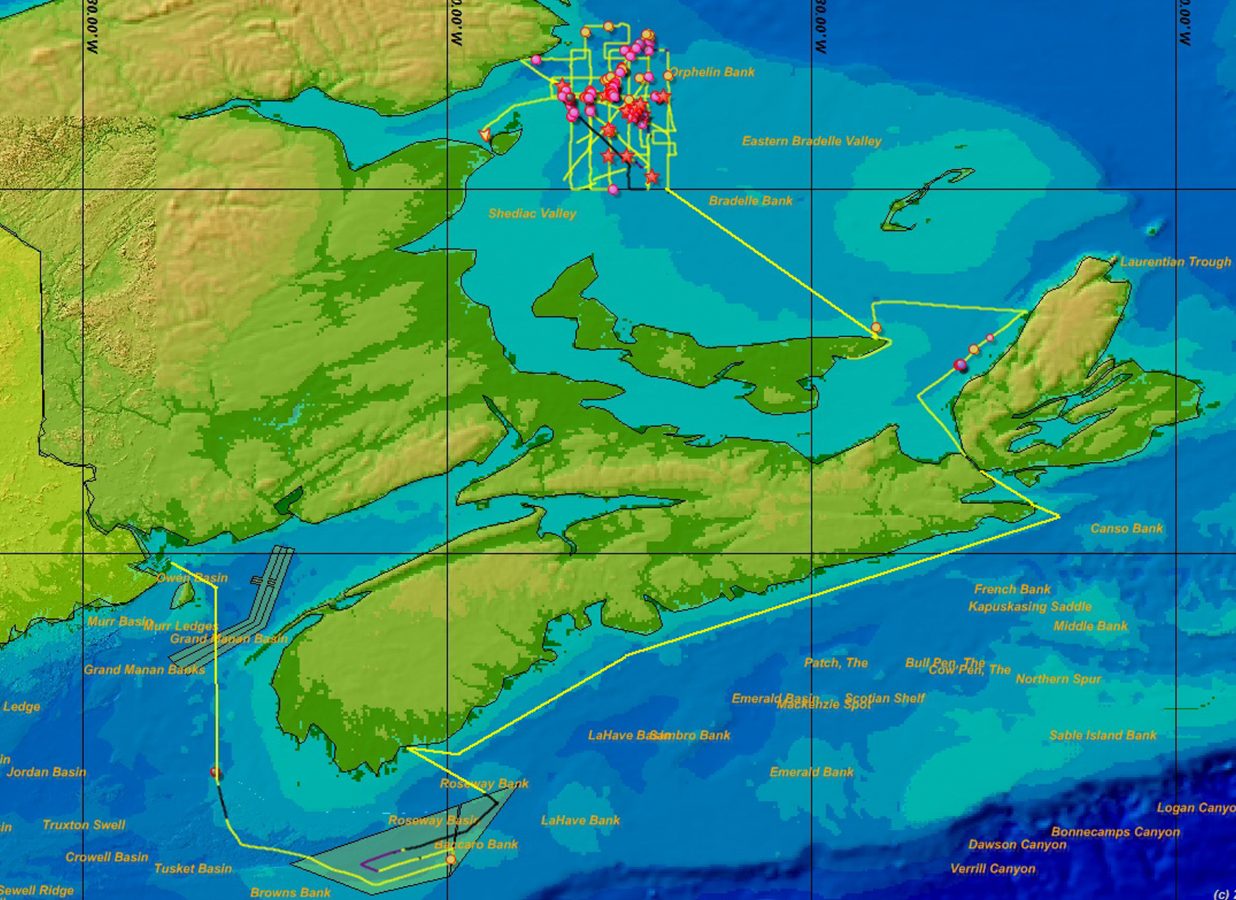
Now the obvious first question when you look at this map is why would one go around Nova Scotia to get to GSL—can’t you just cut through the top of BOF? The short answer is no. Partially circumnavigating Nova Scotia and cutting through the Canso Canal (south of Cape Breton) is the quickest way by boat. Of course our beloved boat goes about 8 knots on a good day, so the term “quickest way” is being generous. The perk of this route is that it enabled us to survey a bit through Roseway Basin, a historically important right whale habitat, before heading north, especially since there will be no dedicated survey effort there this year, unlike the last three years.
So we packed up the Shelagh with three weeks’ worth of equipment, food, and clothes and set off on July 15 from Campobello Island. Unfortunately, the fog rolled in on our second day on Roseway and was so persistent, we decided to hedge our bets and flee north. Day 5 found us breaking through the fog to pass through the Canso Canal Lock, which separates Cape Breton from the rest of Nova Scotia. Unlike, say, the Panama Canal, which involves multiple locks and water basins that rise and fall a significant amount to allow the passage of large ships, this particular lock is much smaller and essentially involves a swing bridge that gives way to a small gate at the end of a small canal. Let’s just say that some crew members were disappointed by the lack of fanfare.
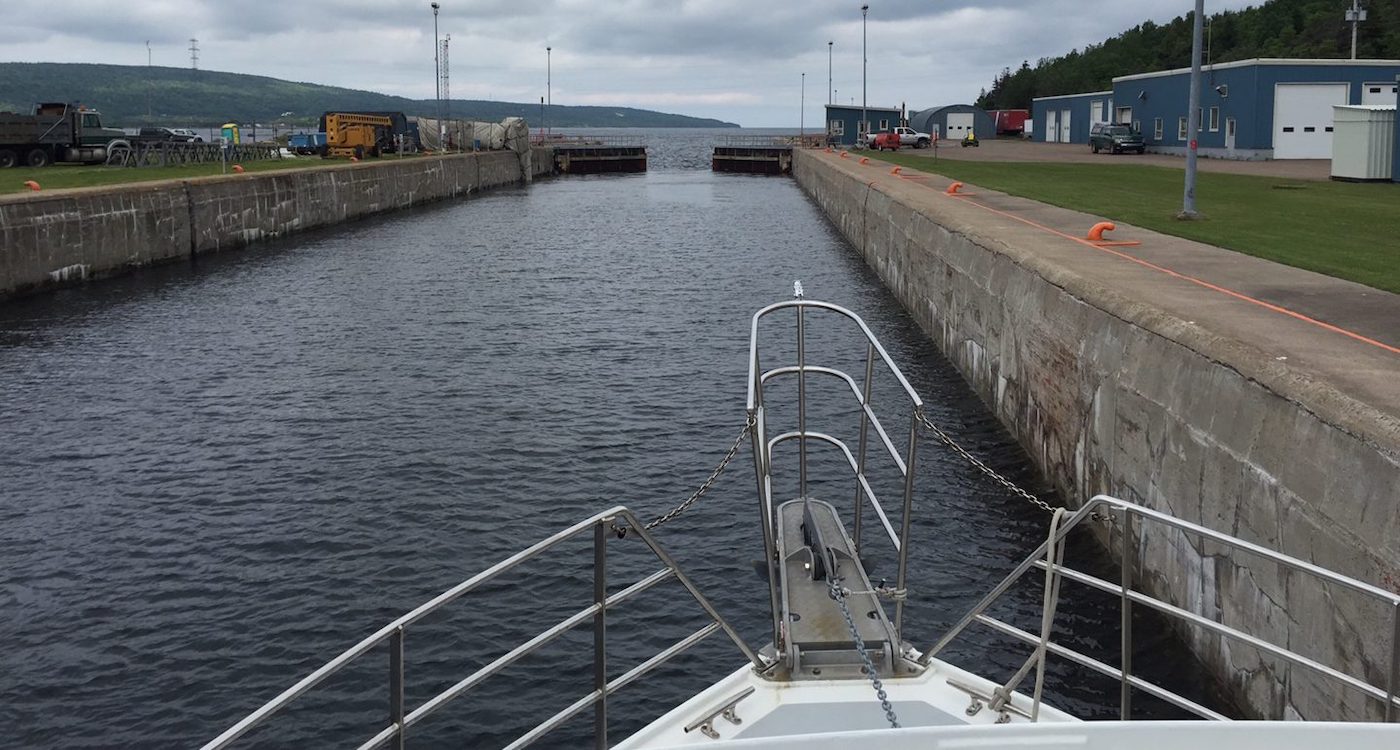
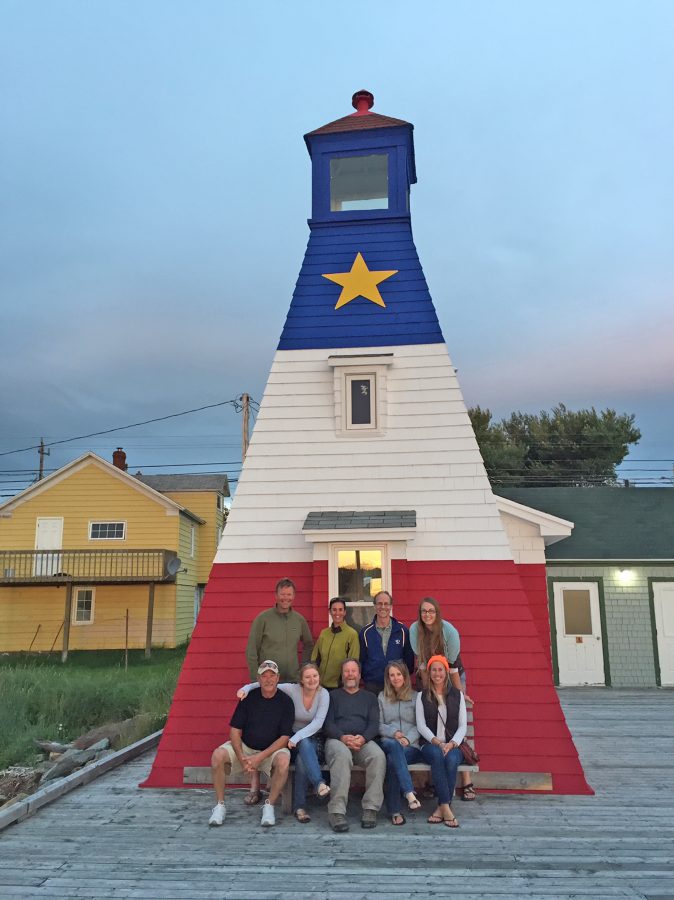
With the wind picking up that afternoon and continuing into the following day, we stopped for a day in Cheticamp, Cape Breton to catch up with our fellow Callisto crew to trade stories and enjoy company outside of the same six people we had been staring at for the previous week.
Day 7 saw us leaving our buddies in Cheticamp to cut across the eastern side of GSL to reach Souris, PEI that afternoon. Note for future Shelagh cruises: the entrance to North Lake, PEI is too shallow even for our small draft of 6 feet.
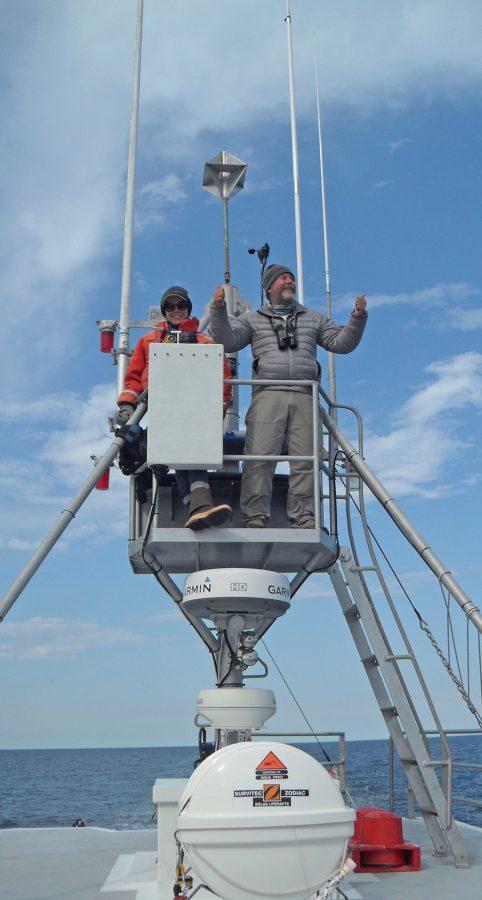
One of our goals as we navigated these new waters was to do outreach in all of the ports we ended up in. With some right whale cards in hand, knowledge to spread, and smiles on our faces, we made some new friends and helped educate the public along the way. Souris was particularly successful, since many locals came to us to check out the fancy new boat in town.
On Day 9, we left Souris in the afternoon to head out to the western side of GSL, in an area east of Perce/Miscou. And that is when the real work began! We started surveying up and down tracklines within a pre-determined box.
And finally on Day 11, we found our first right whales! And from then on, we had a smattering of right whales for most of our remaining survey days. We ducked into port briefly at Grande Riviere, Quebec for a quick fuel stop and had a nice drive by of the famous Bonaventure Island on our way back out.
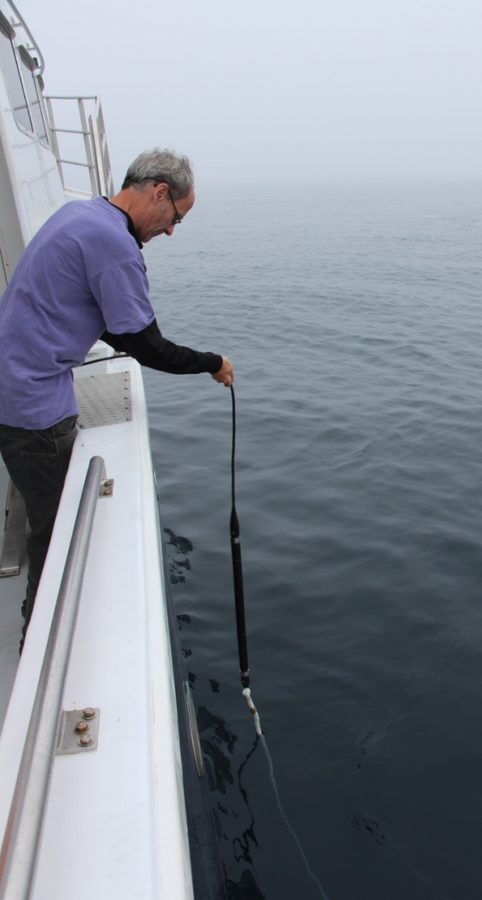
But with the weather gods smiling down on us, we took advantage and stayed out on the water as much as possible, resulting in us ending the trip with 12 consecutive days at sea. Not too shabby for the Shelagh’s first foray into GSL. In the end, we travelled over 1500 miles and spent a total of 18 days at sea. But perhaps most importantly, we found 21 individual right whales and photographed 17 of them.
It is pretty exciting to be a part of such an adventure and foray into new territory. You have no idea what you are going to find—you potentially could find the motherload of right whales…or you could find absolutely nothing.
Also keep in mind that it took us almost two weeks before we found our first right whale, so this was definitely an exercise in patience, but that is nothing new to seasoned whale biologists. With a little bit of luck, good weather, a great crew, and a crazy work ethic, we found some of those elusive right whales.
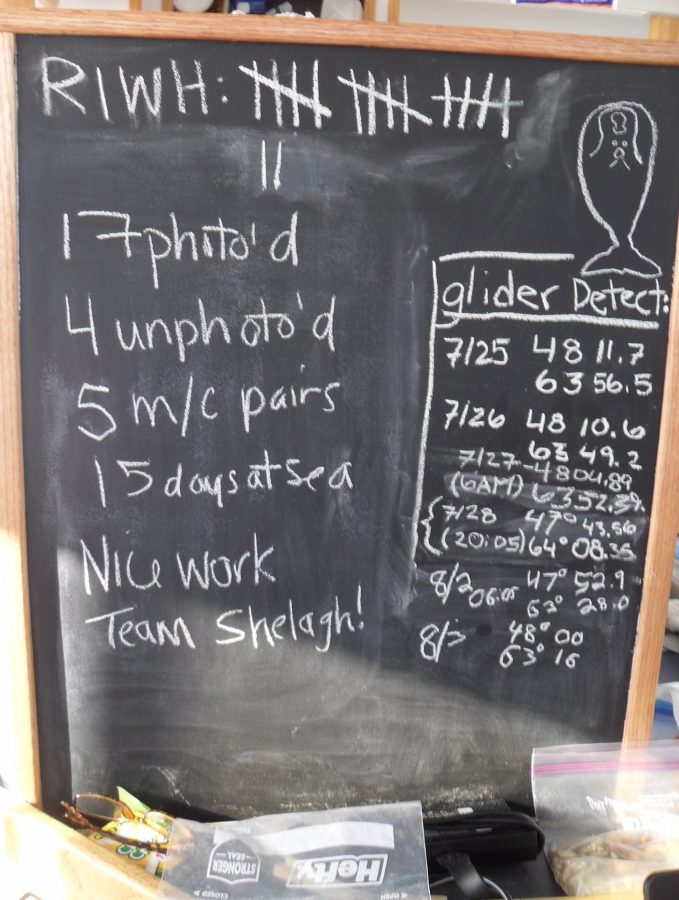
/
Stay tuned for more details on all of the familiar whale faces we photographed.

